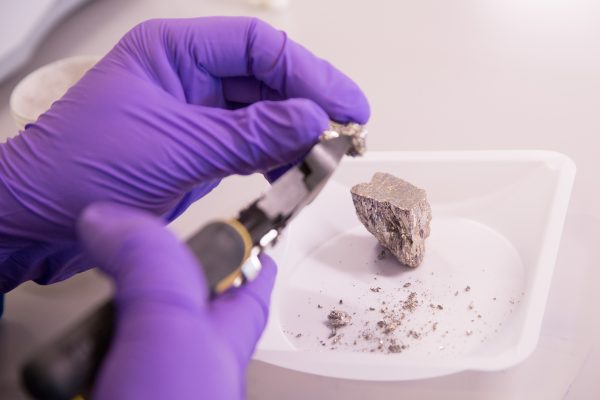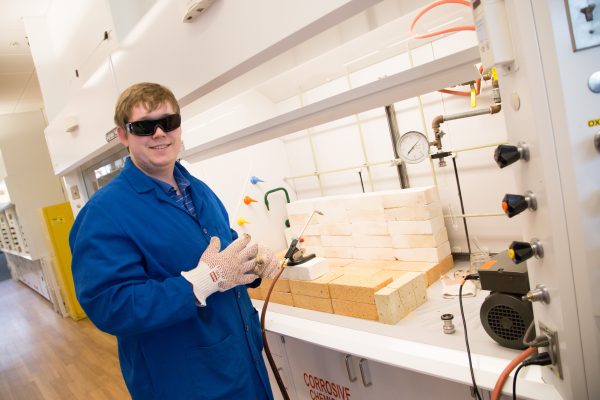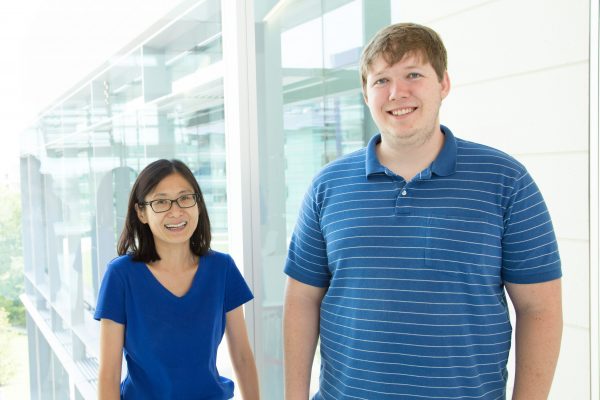As theorized by William Strauss and Neil Howe in Generations, each generation embraces its own set of ideologies and plays a distinctive role in shaping the economic and social landscapes of society. Whether those beliefs are ushered in on the wings of civic responsibility such as the G.I. Generation who took part in the first era of industrialization at the World’s Fair, the responsiveness of the Silent Generation and Baby Boomers effort in the Manhattan Project, or emblematic of Gen X and Millennials proclivity to global awareness, fostered in part by the internet, the six generations that currently inhabit the world utilize materials science to revolutionize living standards.
Historical events and social trends aren’t the only factors in classifying the generations, however. Materials themselves hold special value in establishing scientific progress throughout the ages. The use of stone, bronze, iron, and steel have all marked critical eras in history, and presently funding agencies promote national programs in advancing the study and discovery of novel magnetic materials.

Helping shape his generations knowledge of materials science is Joe Burnett, a Senior physics student in the school of Natural Science and Mathematics and a member of Dr. Julia Chan’s Solid State Laboratory Team. Concurrently earning his MS in Mathematics, Joe uses main group elements, rare earth metals, and transition metals (chromium, manganese, iron, cobalt, and nickel, to name a few) to synthesize new materials in crystalline form and create new classes of compounds for energy applications. He aims to determine structure and properties in the inorganic materials that measure the magnetic and electrical properties.
In nature, crystals form naturally under the earth’s mantle. In a lab setting, Joe explains that researchers take the aforementioned elements and heats them in a furnace to make new compounds. By substituting one element for another, Dr. Chan’s team attempts to create new materials that have yet to be discovered. New findings in materials science, Joe continues, “can be applied to science fiction ideas, space craft ideas”.
“Ever since I came to college, I knew that I wanted to do research.”
For his generation, and those to come, Joe aims to find better applications for the materials he and his team creates. By determining how these elements can be used, the Solid State Laboratory Team works to better enhance current technologies for the global community, as well as produce innovative advancements for future benefits.

In his own future, Joe plans to pursue his Ph.D. and welcomes an opportunity to work with the National Security Agency (NSA) and provide government service. He is currently working towards publishing two new papers; one in abstract mathematics and another in number theory. In his free time, Joe tells us: “I do things most kids my age do.” When he’s not playing video games, watching movies, or socializing with family and friends, he enjoys mathematics and related fields.

Strauss and Howe’s posits affirm that each generation adopts their own unique principles, but it’s important to remember the vital role science plays in bringing about change in technology. Without new developments, researchers will depend on critical elements, or those elements that may be limited in supply in coming years. Researchers, like Joe, are hard at work creating new materials science that will mark the next generation and establish future eras to come.

You must be logged in to post a comment.